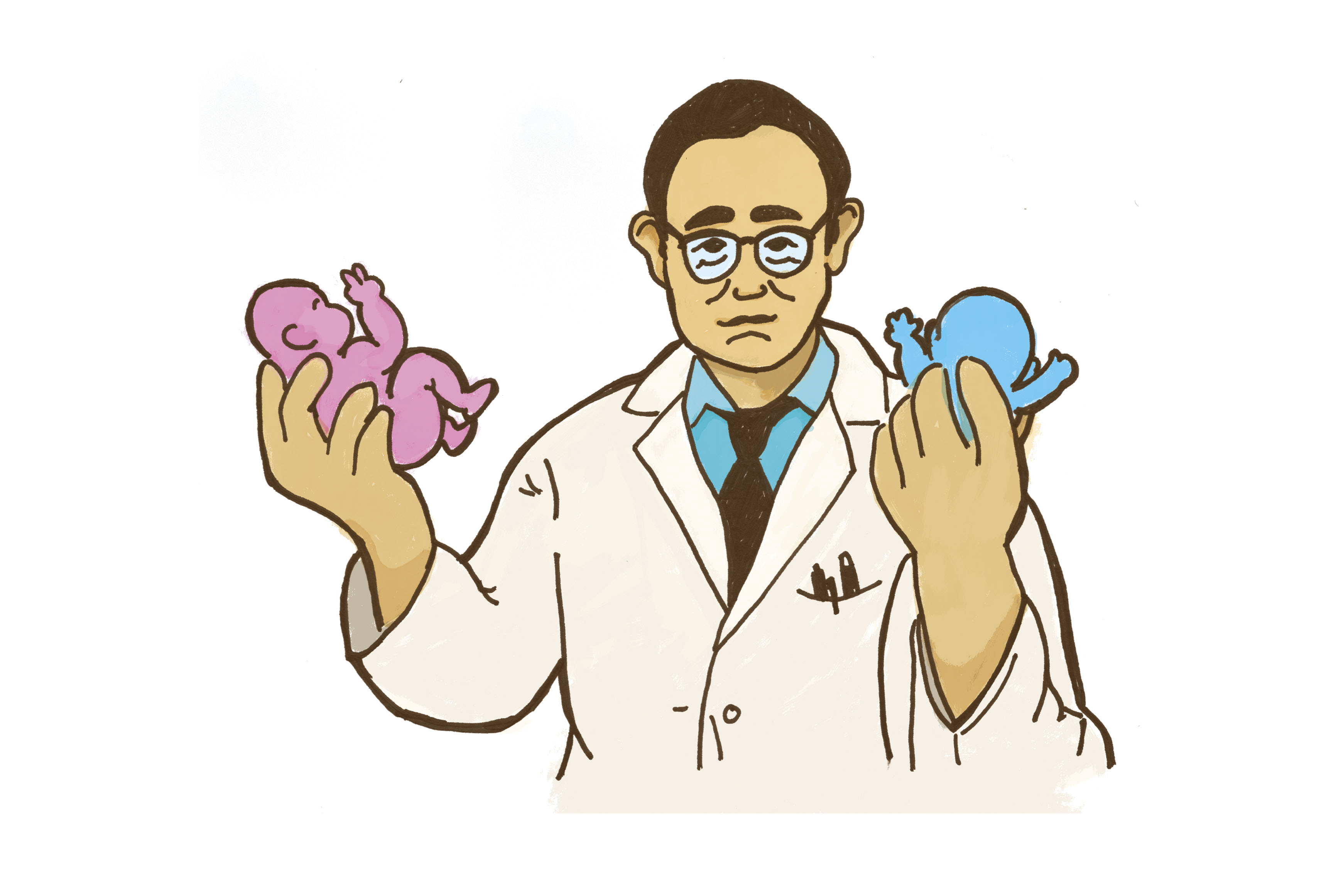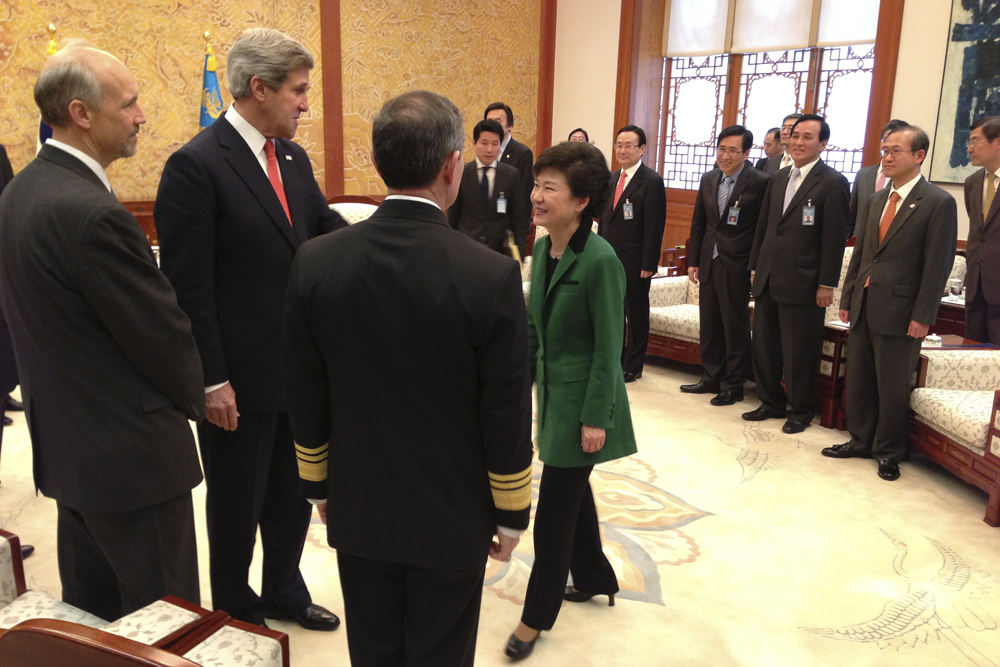After a four day debate amongst the Chinese Communist Party, a conclusion was drawn: As of Oct. 29, China ended its infamous “one-child policy.”
In an effort to balance gender demographics, provide for the increasing number of retired elderly, and improve the economy, the Chinese Communist Party now allows families to have two children instead of one.
Since 1978, the policy’s original intent was to slow China’s massive population increase.
According to the Epoch Times, some believe the Chinese government’s continual fertility control to be a human rights violation.
“[L]imiting families to two children will still require the kinds of enforcement policies that have been criticized in the past,” said Dr. Sharon Carstens.
Carstens is a professor of anthropology and associate professor for the Institute of Asian Studies at Portland State. Her ethnographic research traces the multiple changes in China over the past 30 years, with a focus on population issues and the one-child policy.
Experts believe the new policy won’t change prior problems because many families can’t afford more children.
“It is unlikely that the two-child policy will have an appreciable effect on the Chinese birthrate,” stated Epoch Times China news reporter, Leo Timm. According to Timm, modern economic demands such as “lengthy secondary education, alienation from traditional nodes of social support, and a brutally competitive job market” make maintaining large families in this day and age impossible.
NPR’s “Fresh Air” showcased an interview with Mei Fong, a leading journalist who wrote a book on the one-child policy, “One Child: The Story of China’s Most Radical Experiment.”
Carrying on the patrilineal name is an important part in Chinese tradition and the one-child policy made this nearly impossible. Unmarried young men have been given the name, guang guan which means broken branches. These men are the “biological dead ends of their family” Fong said.
The National Bureau of Statistics put China’s population clock just over 1.3 billion people; the largest of any country in the world.
“The demographic issues that China currently faces with both an increasingly aging population and a gender imbalance may be eased by allowing couples to have 2 children, but this will take time,” Carstens stated.
“By 2050, over 36 percent of China’s population—now nearly 1.4 billion—will be over the age of 60,” according to Epoch Times.
“The entire population of retirees in China would be the third largest nation in this world, if they were to form their own country,” Fong stated. While currently the working adult to elder ratio is about 5 to 1, by 2050 it will decrease to around 1.6 to 1, a major factor in China’s lagging economy.
For some families having only one child is all they can manage financially. The children are the “pension plan,” stated Fong and are required to take care of their elders.
Parents who lose their only children are called “shidu” and find it extremely difficult to manage issues like nursing homes and funerals when they don’t have anyone they can identify as responsible for their affairs.
“Studies have shown that as an economy develops and more people live in urban areas that many families chose to limit their offspring so that they can invest their resources in education and other material goods that their children need to be successful,” Carstens said.
The one-child policy is also responsible for many forced abortions, infanticide and the creation of orphans. Because there is such an emphasis on the family son carrying on the legacy, many female babies were cast aside in order to comply with the one-child policy.
When the policy was first put into place, the technology wasn’t available to decipher the gender before birth. “…there are about 7 million abortions in China per year, 70 percent of which are estimated to be of females,” wrote the New York Times. The rest end up in orphanages.
As for the females of the family, “Urban women born after 1980 achieved way more than any other generation before them” because if they were kept as female, single children, all of the family resources went to making them as successful as possible.
Fortunately, many of these children have been adopted in Western countries. “American citizens adopted 6,493 children from China in 2006,” reported the New York Times.
“I have an adopted daughter from China, one of the many girls whose lives were changed irrevocably by the one-child policy,” Carstens said. “Allowing unlimited births if infants die of disease or starvation is not tenable.”






